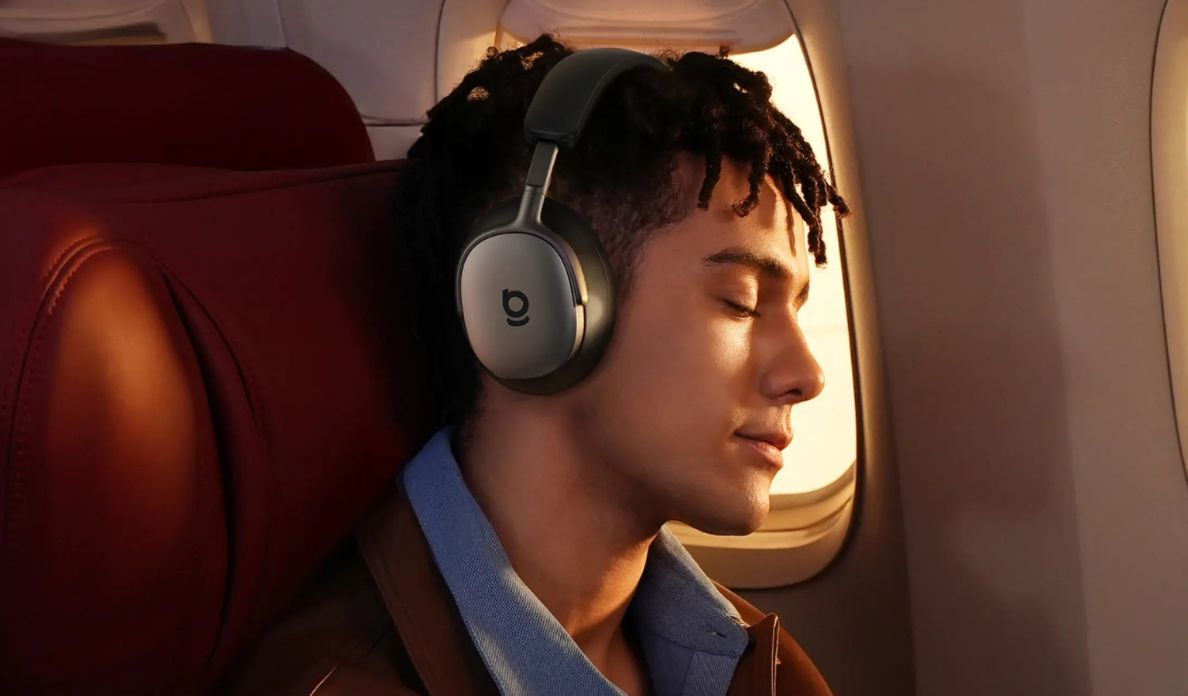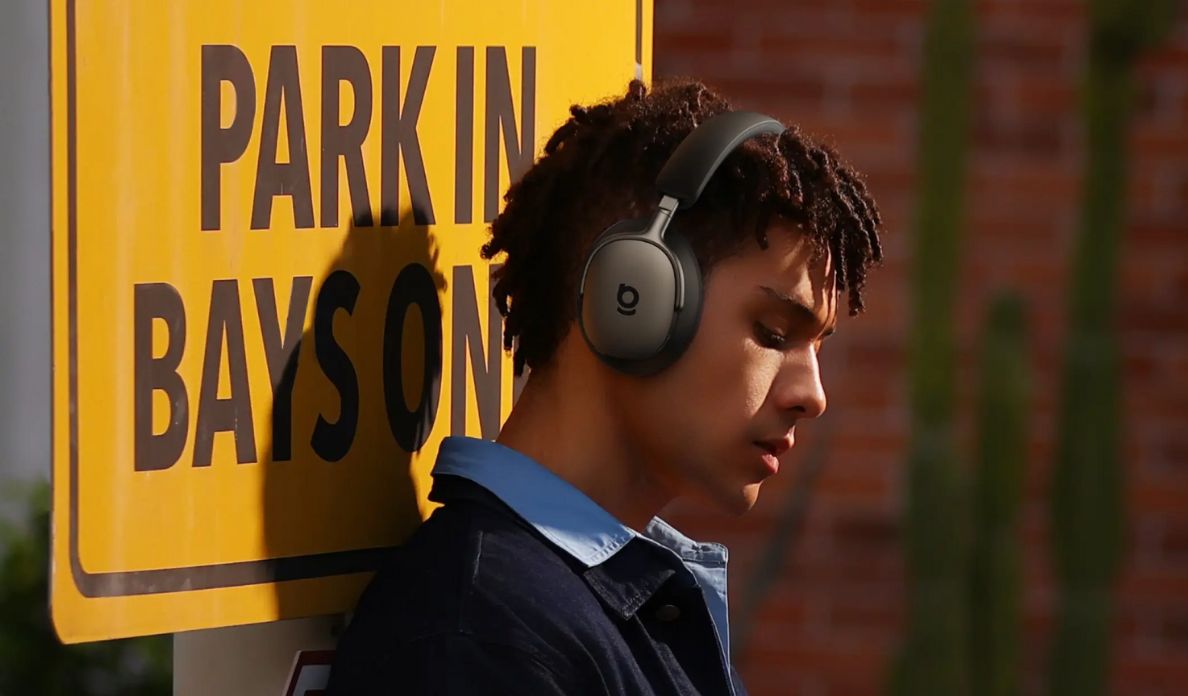You are scrolling through your favorite music app and see a little "HiFi" or "Master" tag next to a song. It sounds impressive. But what does it actually mean? We are constantly told that Hi-Res Audio is the ultimate way to listen, that it blows everything else away. But does it really? Can you, a normal person without a recording studio in your basement, genuinely hear the difference between a high resolution track, a standard CD, and the MP3s you have been listening to for years?
The answer is yes. But it is not always that simple.
This guide will break down the real world differences between these audio formats. We will explore what each one is, what compromises are made, and what it takes to unlock a new level of sonic detail in your favorite music. Forget the technical jargon for a moment; let's talk about what you can actually hear.
The Standard: What is MP3s Audio?
For over two decades, the MP3 has been the king of digital audio. Its genius lies in its convenience. So, what is MP3s? It is a "lossy" compressed file format. In simple terms, to create a small, easily downloadable file, the MP3 algorithm cleverly throws away parts of the original audio information that it deems the human ear is least likely to notice.
Think of it like a low resolution JPEG image. You can clearly see the picture, but when you zoom in, the fine details are blurry and artifacts are visible. The same happens with an MP3. The cymbals might not shimmer with the same clarity, the bass might feel a bit muddy, and the overall sound can lack a sense of space and depth. It is perfectly fine for casual listening, but it is a compromised version of the original recording.
The Baseline: What is CD Quality?
Before streaming took over, the Compact Disc was the gold standard for high fidelity audio in the home. So, what is CD quality? It is a "lossless" format. This is a crucial distinction. Unlike an MP3, no audio information from the original recording is thrown away to save space.
CD audio is standardized at a sample rate of 44.1kHz and a bit depth of 16 bit. These numbers represent a snapshot of the audio that is rich enough to capture the full range of human hearing. The sound is significantly clearer and more dynamic than a typical MP3. You will hear more separation between instruments and a cleaner overall presentation. For a long time, this was the best quality most people could access, and it still sounds fantastic.
The Pinnacle: What is Hi-Res Audio?
If CD quality is a perfect replica of the standard, then Hi Res Audio is like having the original master tape from the recording studio. So, what is Hi Res Audio? It refers to any audio file with a sample rate and bit depth higher than CD quality. We are talking about files that are 24 bit/96kHz, 24 bit/192kHz, or even higher.
What does that mean for your ears?
-
More Detail: The higher sample rate captures a much wider range of frequencies, revealing subtle nuances, textures, and harmonics you simply cannot hear on a CD or MP3. It is the difference between hearing a guitar and hearing the guitarist's fingers sliding on the strings.
-
Greater Dynamic Range: The increased bit depth (24 bit vs. 16 bit) creates a much lower noise floor and a wider gulf between the quietest and loudest sounds. Music feels more alive, more impactful, and more emotionally resonant.
Listening to a true Hi Res track on the right equipment is a revelation. The soundstage opens up, feeling wider and deeper, placing you in the room with the musicians. It is the closest you can get to hearing the music exactly as the artist intended.
The Real World Test: Can You Hear It?
Here is the million dollar question. The ability to perceive these differences depends on three critical factors.
-
The Recording: The original recording must be high quality. You cannot add detail that was never there. A poorly recorded track will still sound poor in Hi Res.
-
Your Ears: Some people are naturally more sensitive to the subtle nuances in sound than others.
-
Your Gear: This is the most important factor. You cannot listen to a high resolution file through cheap earbuds and expect to hear a difference.
To truly unlock the potential of Hi Res Audio, you need equipment that can faithfully reproduce the extra information. This includes a good digital to analog converter (DAC) and, most importantly, high quality headphones or speakers. A premium set of headphones like the Baseus Inspire XH1 Wireless Noise Cancelling Headphones is engineered with drivers capable of reproducing the extended frequencies found in Hi Res tracks, allowing you to hear that stunning clarity and detail.
For a deeper dive into the science of digital audio, the Sound On Sound magazine provides excellent technical articles.
Conclusion: It's About More Than Just Numbers
The debate between Hi Res Audio, CD, and MP3 is not just about technical specifications. It is about your relationship with music. MP3s offer incredible convenience. CD quality provides a solid, reliable, and excellent listening experience. Hi Res Audio, however, offers an experience. It is for the active listener, the music lover who wants to close their eyes and be transported by the sound.
You can absolutely hear the difference. The question is whether that difference matters to you. If you are ready to rediscover your favorite albums and hear them in a whole new light, then the world of high resolution sound is waiting.
Ready to take your listening to the next level? Explore our full collection of premium audio products on the Baseus Inspire Series page and find the perfect gear to begin your Hi Res journey.
FAQs
Does MP4 support Hi-Res Audio?
No, MP4 is a video container format that typically uses lossy audio codecs like AAC. While high bitrate AAC can sound very good, it is not a lossless format and therefore does not meet the technical standards for true Hi Res Audio.
Can Bluetooth headphones play Hi-Res Audio?
This is a bit complex. Standard Bluetooth (SBC codec) cannot transmit enough data for true Hi Res Audio. However, advanced Bluetooth codecs like LDAC and aptX HD can transmit audio at near Hi Res quality, providing a significantly better wireless listening experience than standard Bluetooth. To take advantage of this, both your device (like a phone) and your headphones must support the same advanced codec.
Which is better, FLAC or WAV?
Both FLAC and WAV are lossless formats, meaning they preserve the original audio quality. WAV files are uncompressed, making them very large. FLAC files use a clever compression method that makes the file size about 50% smaller than a WAV file without losing any audio data. For listening and storing music, FLAC is generally the better choice because it offers the exact same quality as WAV in a much smaller, more convenient package with better metadata support.
Do streaming services offer true Hi-Res Audio?
Yes, many do. Services like TIDAL (with their "Master" quality), Qobuz, and Amazon Music HD offer extensive libraries of music in true Hi Res Audio, typically in 24 bit/96kHz or even 24 bit/192kHz quality using formats like FLAC or MQA. Apple Music offers high quality lossless audio, with much of its catalog at CD quality and a selection available in Hi Res.
 United States/English
United States/English






